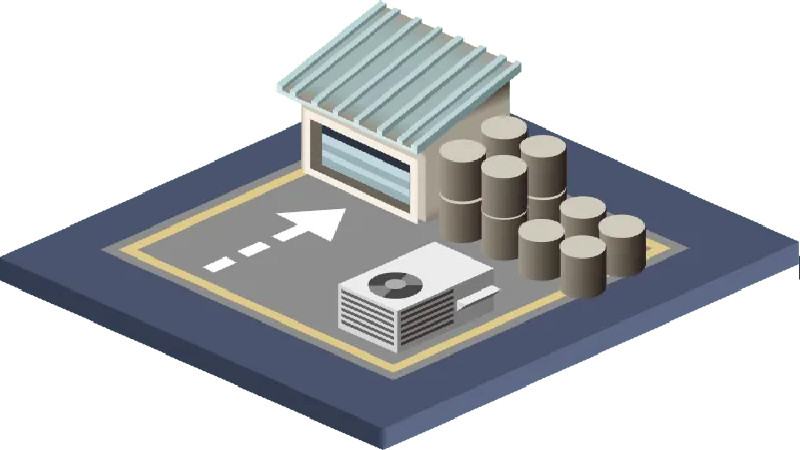When someone talks about SDR modules, they’re generally referring to something that’s installed inside of a network switch or a sensor. However, a group of engineering specialists from Rolling Meadows have come up with a way to make handheld SDR transceivers that allow users to select channels programmatically. Once they’ve selected a channel, these systems won’t drift the way that traditional radio tuners do.
Usually, a tuner will start to lose its frequency over time unless it’s controlled by the presence of a quartz crystal. That’s especially true of designs that heavily rely on phase-locked loops, which are notoriously sensitive to sudden changes in temperature. Due to the fact that some semiconductor modules can give off an incredible amount of heat, these designs aren’t often used in many use cases.
By doing almost all of the required calculations in software, these
handheld SDR transceivers don’t run into these kinds of issues in spite of the fact that they still incorporate PLL technology into their designs. Handheld devices tend to get very hot in general, since they don’t have any place to dissipate waste energy let off by their circuitry. Since so little of the work is done using silicon wafers on these devices, they’re every bit as portable as a mobile phone handset.
Software tends to be rather flexible when it comes to configuration settings as well. That gives users the freedom to select whichever communications channels they’d prefer for a specific type of transmission.
Visit Epiq Solutions at Web to learn more about handheld SDR transceiver technology.

